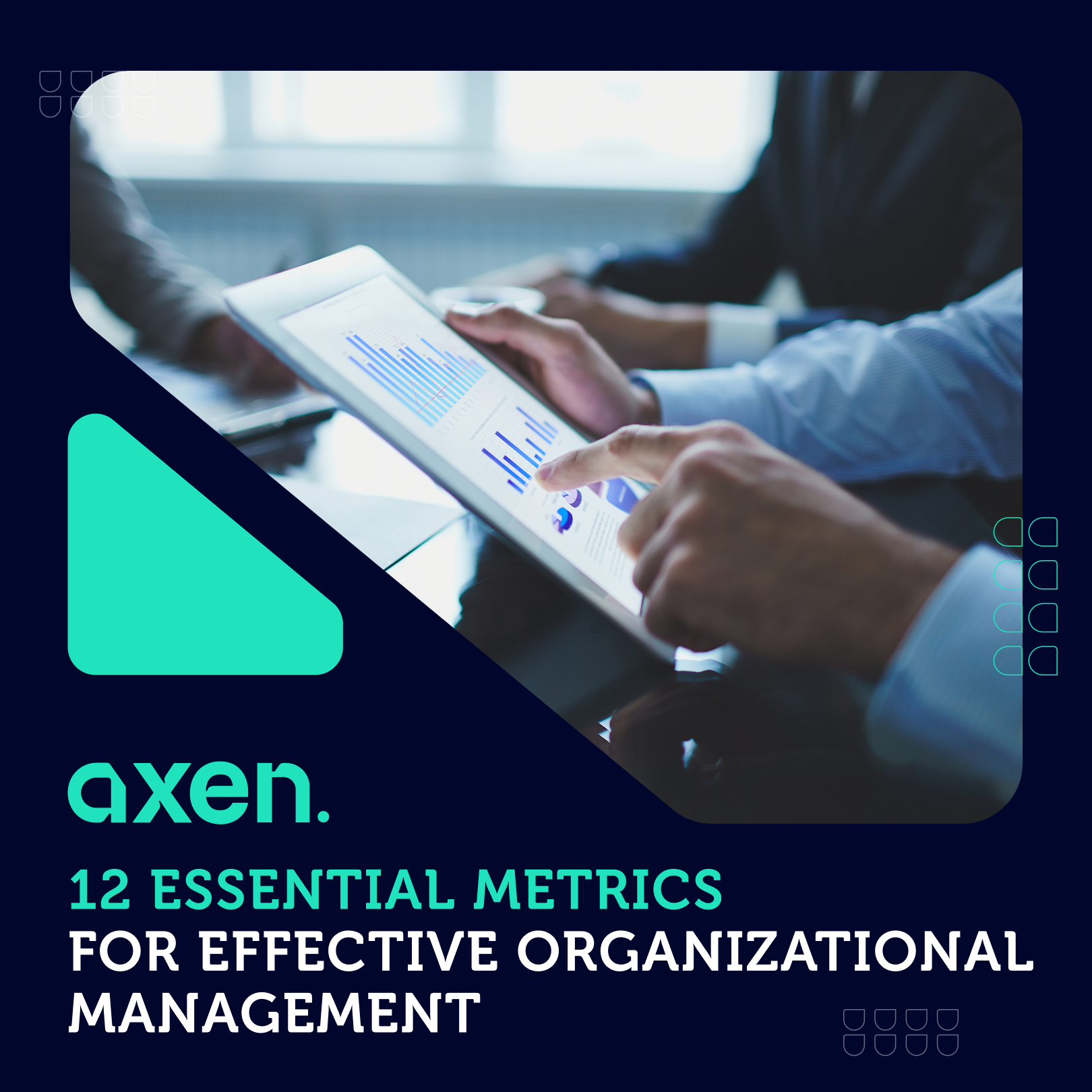In the modern banking world, agility has become a core competency. The ability to adapt quickly to changing market conditions, meet evolving customer needs, and operate with transparency and speed is what sets future-ready banks apart. But agility doesn’t mean discarding what has worked. It means building on a strong foundation while embracing change where it matters most.
That’s precisely what ProCredit Bank is doing.
With its roots in German banking philosophy and a clear focus on sustainable development, ProCredit Bank holds a unique position in Georgia’s financial sector. The bank serves small and medium-sized enterprises (SMEs) through transparent practices, personalized service, and an unwavering commitment to environmental and social responsibility. These principles aren’t slogans they shape every decision and interaction.
Recognizing the need to remain relevant and resilient in a shifting landscape, the bank’s leadership made a strategic move: it entered a long-term Agile management consulting partnership with AgileSchool. This wasn’t a superficial change initiative. It was a deliberate step toward future-proofing the organization while preserving the values that define it.
Starting with Understanding, Not Assumptions
Unlike many transformations that begin with a “solution-first” mindset, this journey began with a deep dive into understanding. A diagnostic phase explored how the bank operates its culture, its workflows, its decision-making rhythms. More importantly, it explored how change would be felt by the people who make the bank what it is.
The key insight? Agile could fit but only if it was carefully adapted to the bank’s character.
A Four-Level Framework for Sustainable Change
The consulting engagement was designed as a multi-layered transformation addressing strategy, structure, processes, and people in parallel.
- Strategic Reframing
At the leadership level, conversations focused on how Agile thinking could complement ProCredit’s long-term orientation. Agile doesn’t mean short-term. It means responsive. The bank’s commitment to sustainability, long-term client relationships, and responsible growth aligned naturally with Agile values once reframed through the right lens. - Organizational Adaptation
On the organizational level, adjustments were made to enable flexibility without losing accountability. This included creating cross-functional teams, streamlining decision paths, and encouraging more lateral collaboration. Agile here wasn’t about flattening the structure — it was about unlocking more responsive, empowered ways of working. - Process Modernization
At the operational level, Agile was introduced not as a replacement for discipline, but as a complement to it. Banking demands rigor and Agile, when applied thoughtfully, brings structure in a way that allows for faster iteration, better feedback loops, and clearer visibility. Client-facing processes were examined and redesigned to be more responsive and quality-driven. - People Empowerment
Finally, the transformation focused heavily on the human side. Agile ways of working only succeed when people are equipped both technically and emotionally. Training and coaching were provided to support employees in developing skills such as collaboration, adaptability, and self-organization. Importantly, these efforts respected individual learning curves and created space for reflection and feedback.
Culture Is Not an Obstacle — It’s the Blueprint
Throughout this journey, ProCredit Bank’s culture was never treated as a barrier. It was seen as an asset. Rather than forcing Agile practices onto the organization, the approach was to embed them within the bank’s existing value system. Sustainability became part of the iterative planning cycle. Long-term client relationships informed how backlogs were prioritized and managed. Transparency and responsibility were woven into team norms.
This was not Agile off-the-shelf. It was Agile, designed and lived the ProCredit way.
The Outcome
Today, the bank’s transformation is ongoing — by design. Each change is considered, tested, and integrated in ways that are sustainable. There’s no rush to “complete” Agile adoption. Instead, there’s a focus on continuous learning and consistent progress. The goal isn’t speed — it’s resilience, relevance, and readiness.
For other institutions looking to embrace agility, ProCredit Bank offers a valuable lesson: successful transformation doesn’t start with frameworks or tools. It starts with people, purpose, and a commitment to doing things in a way that aligns with who you are.
Agility is not about becoming someone else. It’s about becoming a better version of who you already are.





